-
Welcome to Tundras.com!
You are currently viewing as a guest! To get full-access, you need to register for a FREE account.
As a registered member, you’ll be able to:- Participate in all Tundra discussion topics
- Transfer over your build thread from a different forum to this one
- Communicate privately with other Tundra owners from around the world
- Post your own photos in our Members Gallery
- Access all special features of the site
Rear Diff Pinion Seal Leak
Discussion in '2nd Gen Tundras (2007-2013)' started by SOB, Apr 11, 2017.
Page 1 of 2
Page 1 of 2


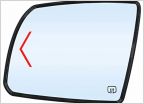 Adding turn signal mirrors 2nd gen
Adding turn signal mirrors 2nd gen Fluids for differential and transfer case ... still confused
Fluids for differential and transfer case ... still confused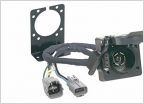 2007 Limited with broken hitch lighting connector.
2007 Limited with broken hitch lighting connector.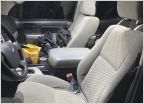 Let there be light
Let there be light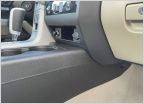 Question about an interior loose screw on my lower-front console box (link and pics)
Question about an interior loose screw on my lower-front console box (link and pics)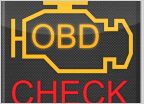 Cooling question 2011 5.7l
Cooling question 2011 5.7l














































































